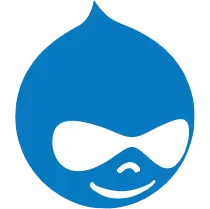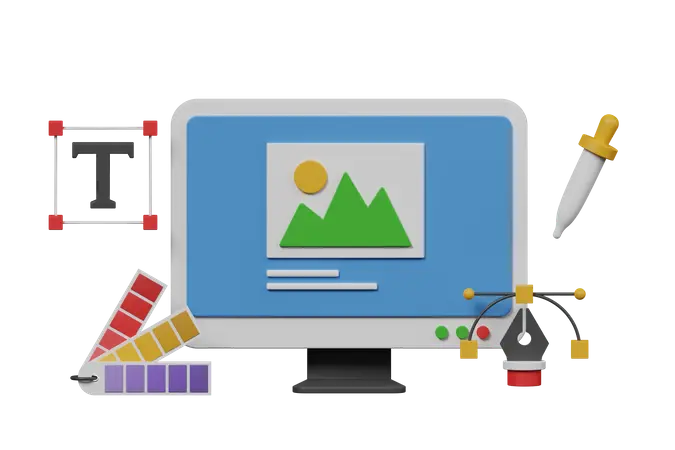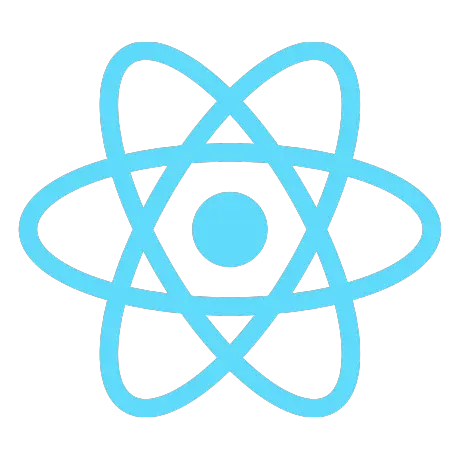Creative Graphic Design for Powerful Visual Communication
Creative graphic design is crucial for crafting visually compelling content that communicates ideas, messages, and brands effectively. By combining design elements such as typography, color, imagery, and layout, designers create striking visuals that capture attention and convey meaning clearly. Whether for branding, advertising, websites, or print materials, effective graphic design enhances visual appeal, strengthens brand identity, improves user engagement, and creates memorable experiences. From logos and brochures to social media graphics and web designs, each visual element supports the overall communication goals while ensuring aesthetic appeal and functionality.
Key Features of Effective Graphic Design
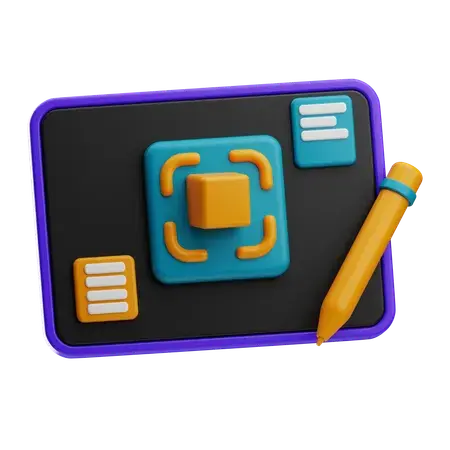
Visual Appeal
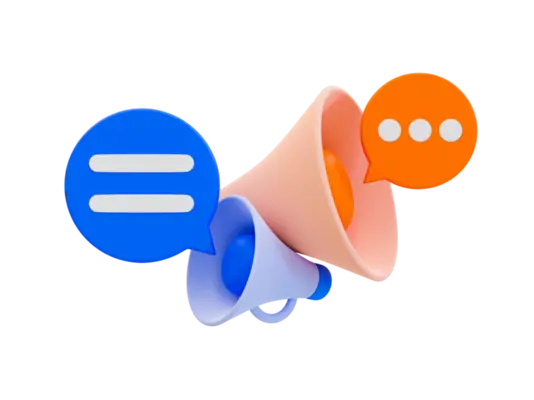
Clear Communication

Consistency
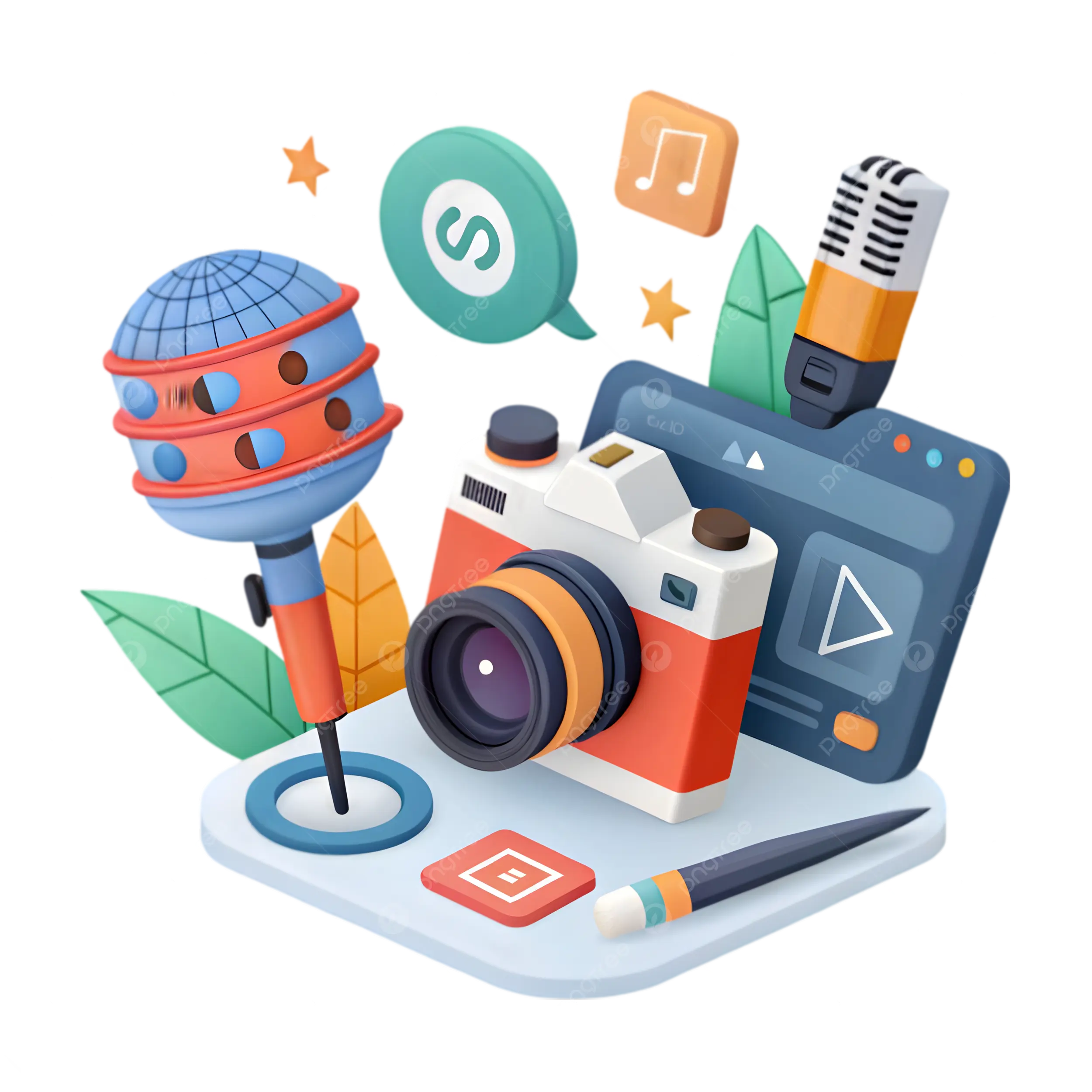
Creativity
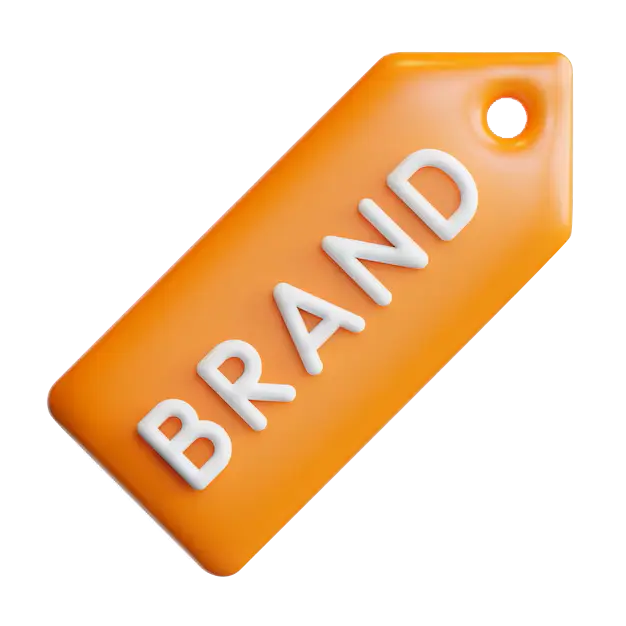
Brand Identity
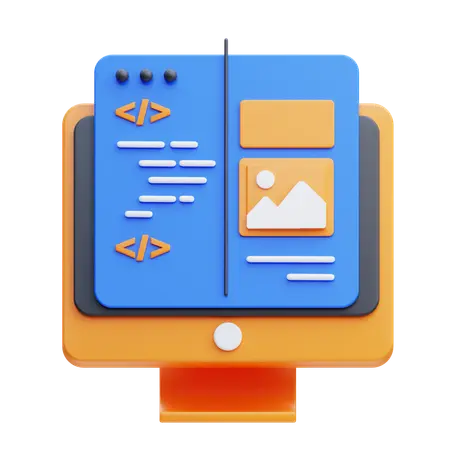
User Experience
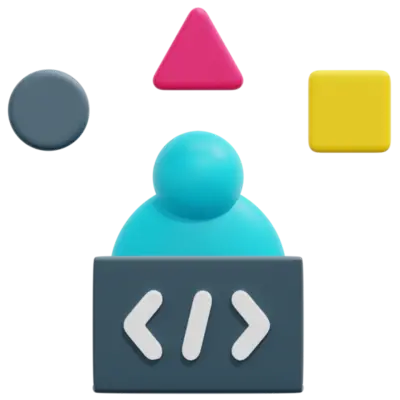
Adaptability

Emotional Connection
Our Graphic Design Process: From Concept to Creation
Research & Concept Development
The Research & Concept Development phase forms the foundation of effective graphic design. It begins with understanding the client's vision, goals, and target audience. Designers conduct thorough research on industry trends, competitors, and brand positioning to gather insights. Initial brainstorming, sketches, and idea exploration take place to develop concepts that resonate with the audience and align with client goals. Feedback and refinement ensure that the concept is creative, strategic, and ready to move into the design phase.
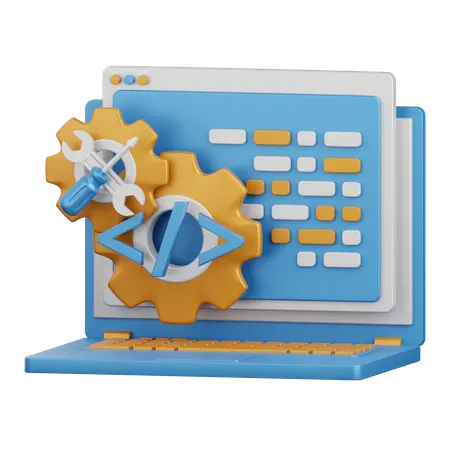
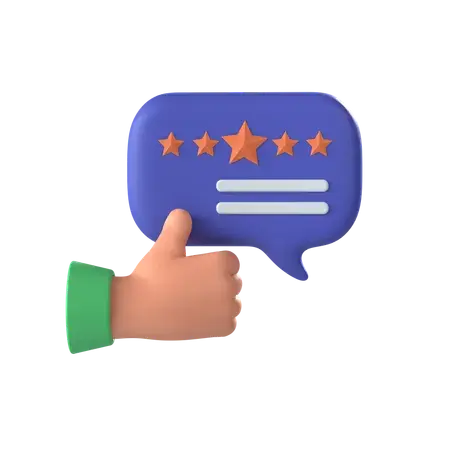
Design, Feedback & Refinement
The Design, Feedback & Refinement phase brings concepts to life. Designers create high-fidelity mockups or prototypes using the chosen concept, incorporating typography, colors, and imagery. The client provides feedback to ensure alignment with expectations. Iterative refinement addresses adjustments, polishing details like spacing, alignment, and consistency. Once approved, the design is finalized for production across various platforms, ensuring a visually appealing, functional, and effective communication tool.
FAQ’s on Graphic Design
Graphic design is the art of creating visual content to communicate messages. It involves combining elements like typography, color, imagery, and layout to create designs that are visually appealing and functional.
Graphic design is essential for building a strong brand identity, engaging your target audience, and effectively communicating your message. Good design enhances your marketing materials, website, and other business assets, helping you stand out from competitors.
The timeline varies depending on the complexity of the project. Simple designs may take a few days, while larger projects like branding or website designs can take weeks.
While both involve visual design, graphic design is more focused on creating static visuals like logos, brochures, and posters, whereas web design focuses on designing functional, interactive websites.
Popular tools used by graphic designers include Adobe Photoshop, Illustrator, InDesign, and Figma. These tools help in creating and editing visuals, layouts, and illustrations.
Provide specific, clear feedback on aspects like color, layout, typography, and overall look. It’s helpful to reference examples and be constructive to ensure the final design aligns with your vision.
Yes, effective graphic design can attract attention, enhance brand credibility, and improve user engagement, which in turn can contribute to increased sales and customer loyalty.
Hire Our Expert Team
Get the ideal mix of quality and cost-effectiveness by hiring dedicated professionals for your projects.
Our Tech Expertise!
Discover the depth of our technical prowess spanning across a wide spectrum of tech stacks for your next project.

AngularJS
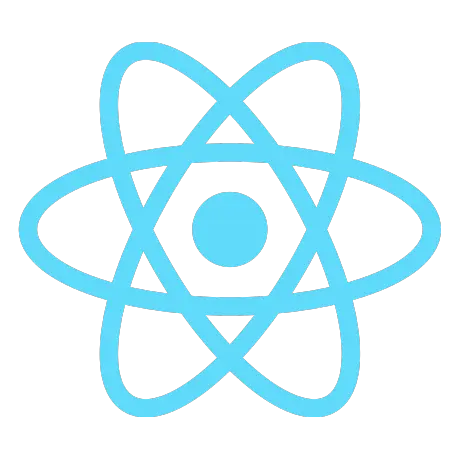
ReactJS

VueJS
JavaScript

TypeScript

NextJS
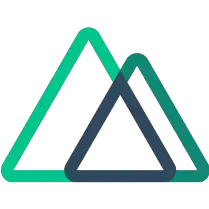
NuxtJS
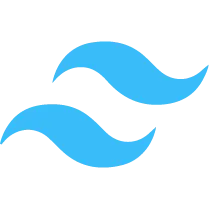
Tailwind CSS

CSS3
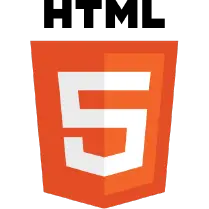
HTML5
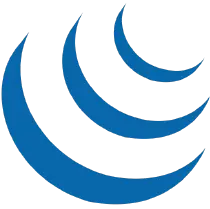
jQuery
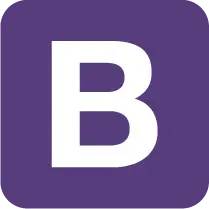
Bootstrap

PHP

NodeJs

Python

Java
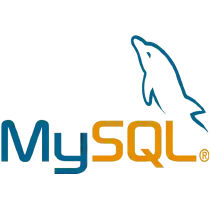
MySQL
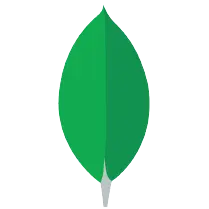
MongoDB
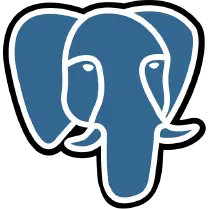
PostgreSQL

SQLite
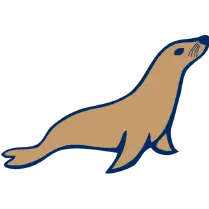
MariaDB

DynamoDB
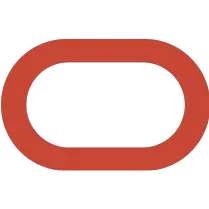
Oracle

Laravel
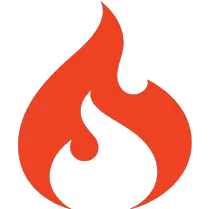
Codeigniter

Yii

ExpressJS

Django

Flask

Spring Boot
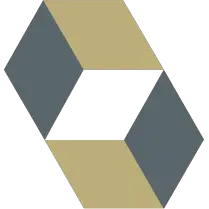
Hibernate

Swift

Java

Objective-C
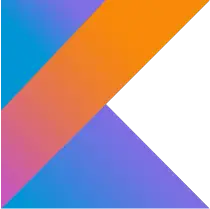
Kotlin

Flutter
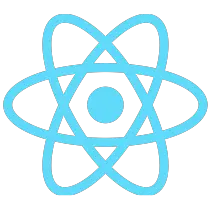
React Native

Unity3D

WordPress

WooCommerce

Shopify
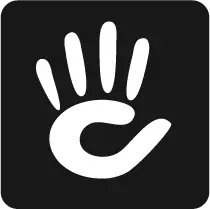
Concrete5

Magento
